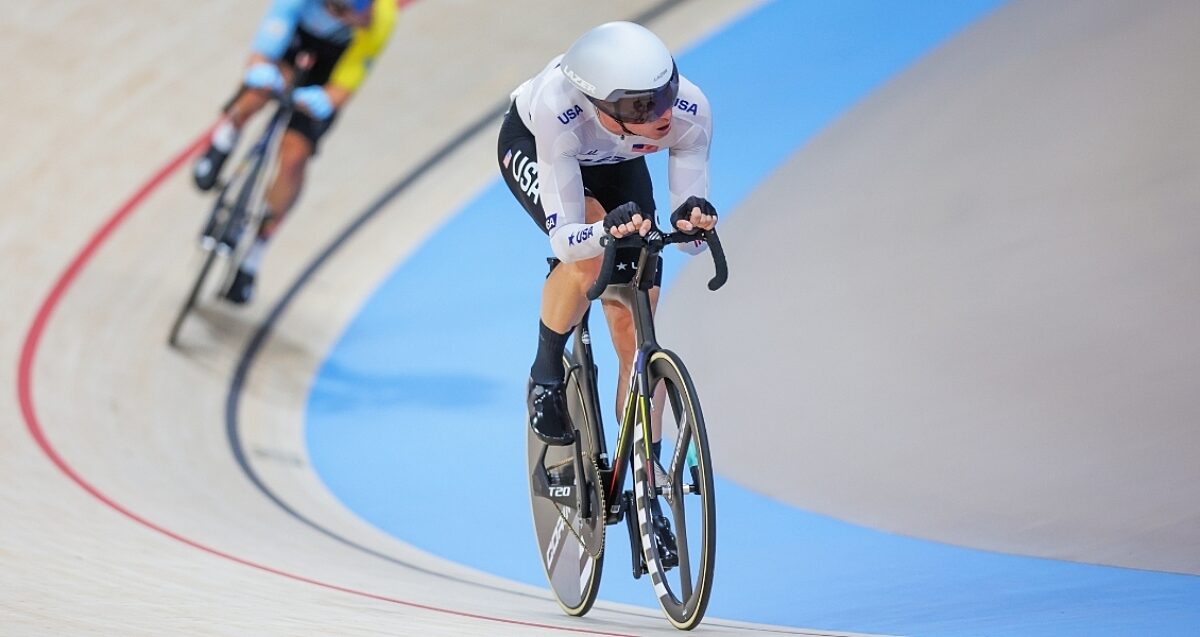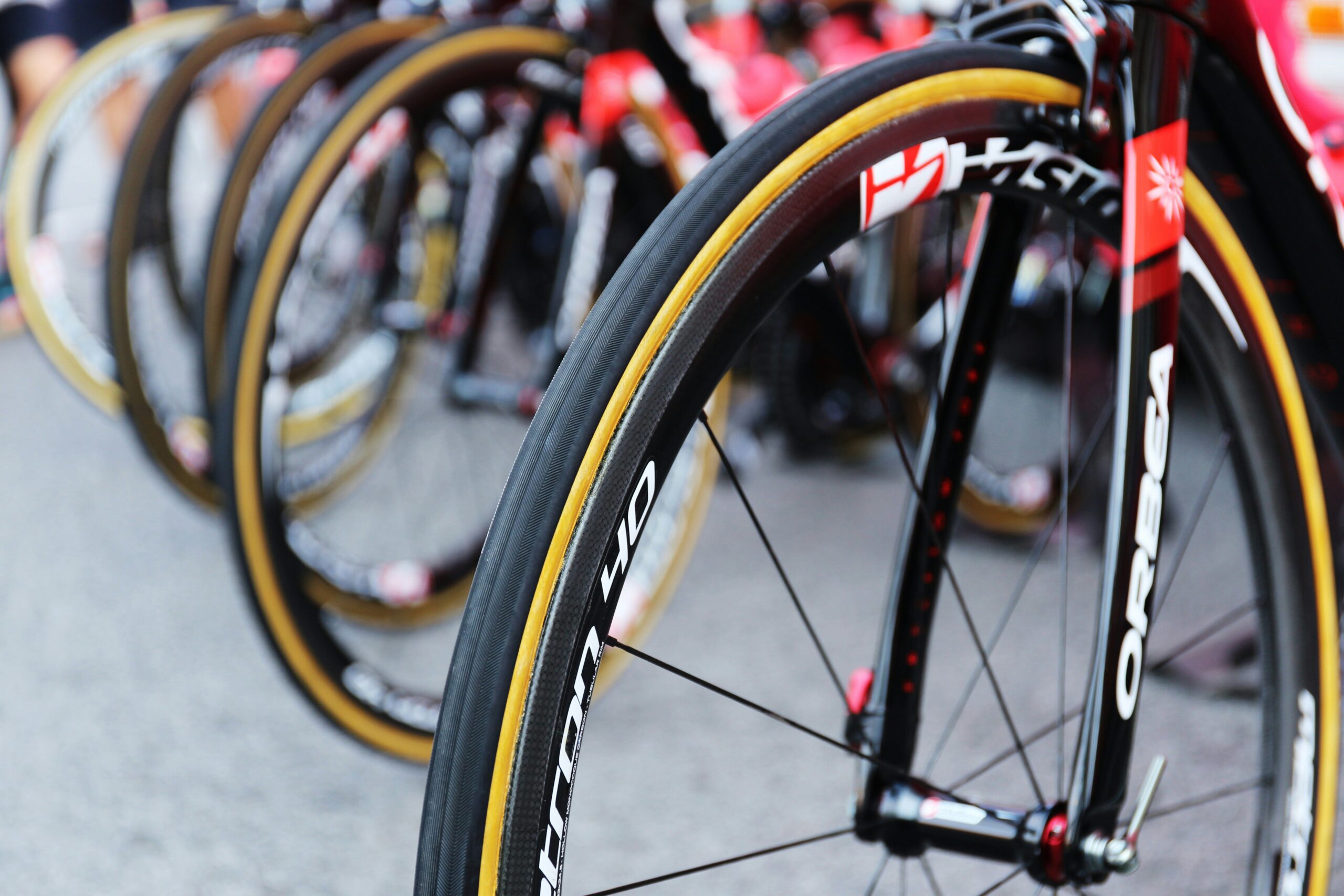Olympic Cycling (Passion, Precision, Performance)
Having been one of the mainstays of the biggest spectacle of sports, the Olympic Games, cycling simply delights with its blend of speed, stamina, and strategy. One of the oldest sports in modern Olympic history, cycling has become very different in its presentation, allowing the public to understand the real possibilities of a human being in terms of power and will. Whether on the track, road, or mountain trails, Olympic cycling embodies the spirit of athletic excellence and the relentless pursuit of glory. Every race is filled with doubtful moments, whether it’s a surprise attack on a steep hill during a road race or a dramatic finish in a sprint event.
Introduction and Evolution of Olympic Cycling (2024)
The induction of cycling into the 1896 inaugural modern Olympic Games started a tradition that has only gotten more glorious with the passing of the Olympics. From there, this handful of events included both road races and track cycling and now the sport embraces a whole series of competitions in events like BMX and mountain biking, evidence of the sport’s growth as well as the diverse nature of cycling itself.

This development in the technology of cycling has been influential in the sport from the early. From rudimentary bicycles with heavy frames, to now sleek, aerodynamic machines that are designed to maximize one’s output. All these have contributed to shaving seconds off race times but also pushing the threshold of athletes to break boundaries and set new records in a redefinition of what is possible on two wheels.
Disciplines of Olympic Cycling
Most of the Olympic cycling events are specialized and, in themselves, very demanding. Track cycling is a velodrome-based activity where speed and trickery make up the basics of competition, in which split-second decisions might influence a win or a loss. Generally, events such as sprints, Keirin, and team pursuit require physical strength. The excellent working knowledge of race tactics, and the ability to execute them under intense pressure. On the other side, road cycling tests an athlete for his endurance and mental fortitude.

Cyclists often cover more than 200 km in a race, riding through a mix of terrains and variable weather conditions. Each race requires pacing and saving an athlete’s energy, along with deciding upon their moves at the right moment. The time trial is, by its very nature, the “race of truth”. It does the tactical elements down to the absolutely basic, the rider against the clock in a pure contest of individual strength.
Off Road Courses
Mountain biking, introduced in the 1996 Atlanta Olympics, brings a different flavor to Olympic cycling. The rugged, off-road courses challenge riders’ technical skills, agility, and endurance, making it one of the most physically demanding disciplines. BMX, the latest addition, is an adrenaline-fueled event that combines speed, jumps, and tricks, pushing riders to their limits in short, explosive races.
Different Types of Olympic Cycling
Olympic cycling includes various types, each offering unique challenges and excitement. Track cycling takes place in a velodrome, where cyclists race on an oval track. Events like the sprint, keirin, and team pursuit are the highlights of track cycling, where athletes compete at unbelievable speeds, often just inches apart from each other.
Road cycling is another key discipline, featuring long-distance races through city streets and countryside roads. In these races, cyclists must endure long hours on their bikes, navigating challenging terrains and making split-second decisions about when to attack or conserve energy.
Different Types of Olympic Cycling
Olympic cycling includes various types, each offering unique challenges and excitement. Track cycling takes place in a velodrome, where cyclists race on an oval track. Events like the sprint, keirin, and team pursuit are highlights of track cycling, where athletes compete at incredible speeds, often just inches apart from each other. Road cycling is another key discipline, featuring long-distance races through city streets and countryside roads. In these races, cyclists must endure long hours on their bikes, navigating challenging terrains and making split-second decisions about when to attack or conserve energy.
Cyclist Champions on Two Wheels
Basically, Olympic cyclists are among the most dedicated and self-disciplined sportspeople; getting to the Olympics is a journey of sacrifice, filled with training sessions for years, arising early in the morning, and working out until one is exhausted. Such athletes have to balance their physically intense preparation with mentally preparing for the pressure of competing at the very highest level.

They are legendary figures in cycling, from Sir Chris Hoy to Marianne Vos, not to mention Nino Schurter, who have literally etched their place in the Olympic movement history with mere legend by virtue of exceptional performances. It not only inspires generations to come but also raises the platform of the sporting event to a higher level. They reflect the Olympic spirit, showing what is possible to achieve by hard work, perseverance, and having an unbreakable belief in oneself.
The Role of Inventions in Modern Olympic Cycling
In the recent Olympic cycling, performance in enhancement has technology to thank. Everything appears to be an innovative product, from lightweight carbon fiber frames, through advanced aerodynamics and precision engineering, to the positioning of riders in the saddle. Even the clothing, helmets, and the position in which the cyclist is placed on the bike are all specially designed to cut wind resistance to increase efficiency.
It is also now an athlete’s best friend—data analytics. Coaches use analytic data from telltale training sessions and races on how to further develop the race strategies and therefore increase the chances of a win. The data analysis method also gives a deeper view of the capabilities of the rider and other factors that influence the outcomes of races.
Might the Future of Olympic Cycling
It is this Olympic movement that will unfold, adapting with time. The future brings even more improvements in technology, more intense competitions, and the new stars formed by cycling. More intense competitions bring the bar even higher as to the limits and possibilities that humans can attain. With bigger paradigms on sustainability, the Olympic Games may take more steps to advance cycling as green and highly accessible transportation.
In the end, cycling at the Olympics is about the dynamism of human potential. A game or sport that pushes beyond the possible and inspires millions around the world, remaining one of the highlights of the Olympic Games. Whether in the raw speed of track events, or the endurance of road races. The toughness of mountains, or the thrill of BMX, Olympic cycling will always captivate people’s imagination and forever etch its name in the annals of the sport’s history.

